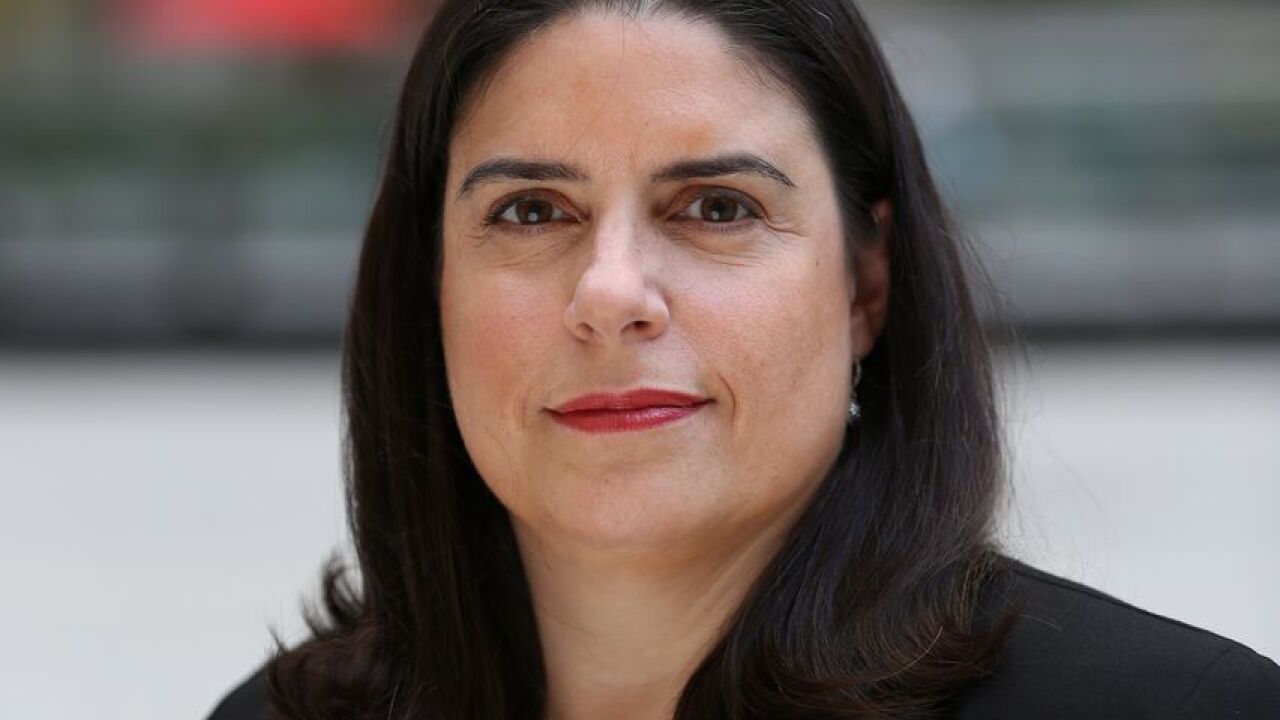
The Ohio House's recently passed operating budget includes a provision that caps school districts' carryover balances at 30% of their annual operating costs, which critics say could impact ratings.
Money in excess of the cap would have to be returned to homeowners as discounts on their property tax bills. Some say that could hobble school districts.
"The proposal fails as a property-tax relief policy and a school funding policy," said Ben Stein, communications director for Policy Matters Ohio, a legislative research nonprofit based in Cleveland. "Instead of targeted relief for property owners facing rapidly rising taxes, the provision gives untargeted tax cuts at the expense of schoolchildren."
Stein said requiring districts with cash reserves of greater than 30% of their operating costs to lower property tax rates "will force school districts to fund property tax relief through their rainy-day funds, even as the state reneges on its commitment to fair school funding."
"This will shift more of the cost of education onto communities and increase the number of property tax levies placed on the ballot," he said.
House Finance Chair Brian Stewart, R-Ashville, a supporter of the cap, told Ohio's
State Rep. Gary Click, R-Vickery, told The Bond Buyer some schools have seen a windfall with the recent sudden increase in property values.
"This amounts to an unvoted-on tax increase for property owners," he said. "A 30% carryover is sufficient for good business practices. There is no reason that schools would need to take on debt when they have a carryover. If there is a legitimate need, they need to spend down the excess appropriately."
Schools could transfer excess funds into a capital account for building needs, if that is what they are holding the funds for, he added.
"Taxpayers cannot afford to have public entities sitting on their dollars when they have needs of their own," Click said. "The drastic rise in property taxes across the state has our citizens demanding answers from the General Assembly and this is the leading edge of our response."
Ohio Federation of Teachers President Melissa Cropper said the cap is not in the best interests of the 90% of Ohio K-12 students who attend public schools.
"School districts must carry over at least 25% to avoid hurting their bond rating, so a cap at 30% means districts will have a very small cushion to be able to survive an unexpected funding shortfall," she said.
"This is even more important as school funding is becoming increasingly unpredictable, with a federal government threatening to strip funding to districts over policy disagreements and a state government that is on track to discard a bipartisan funding formula that was designed to be both fair and predictable," Cropper added.
Ben Gallovic, director of U.S. public finance for S&P Global Ratings, said the rating agency's criteria do not require a 25% reserve balance to maintain current ratings. However, "historically, we have viewed above average reserves an important stabilizing factor for Ohio schools and helping them to manage the levy cycle," Gallovic said.
"The implementation of statewide fund balance restrictions could affect our institutional framework score as it could constrain the schools' revenue and expenditure balance," he said.
Gallovic added S&P would evaluate each district on an individual basis and would monitor their ability to manage reserves and ongoing budgetary balance while obeying state law.
Cropper said the state's public schools remain underfunded. After four years of partial funding, school districts were on track to reach full funding with the Fair School Funding Plan in this budget, but she said legislators made key changes at the last minute.
"It's not just us saying that," she added of the underfunding claim. "The Ohio Supreme Court has affirmed that finding multiple times in the last three decades, primarily because of an overreliance on property taxes that created a wide disparity between school districts with high property values and those without."
OFT also pointed to a proposal in the House budget that would direct more public dollars toward a new voucher for non-chartered, private schools. In its first year of operation, the program would funnel up to $35.1 million to non-chartered private schools that don't qualify for the state's current voucher programs, according to Cropper.
"Ohio House Speaker Matt Huffman now claims that there just isn't enough money to continue with the Fair School Funding Plan," Cropper said. "While claiming Ohio doesn't have the funds for public schools, the speaker wants to add a whole new voucher program, disguised as an 'educational savings account,' that would go to home schools and non-chartered, non-public schools."
Stein said the Fair School Funding Plan would have finally funded schools at the levels necessary to adequately educate public school children and included "research-backed estimates of the costs of educating every child.
"The current version of the budget shortchanges kids by $2.75 billion compared to the FSFP," he said.





